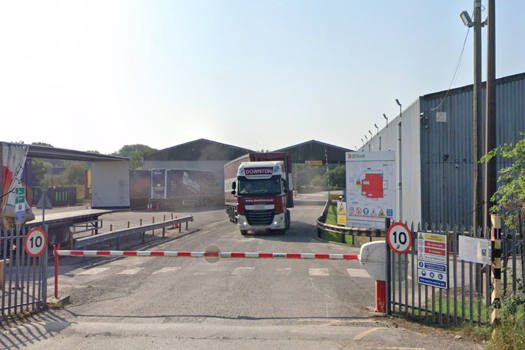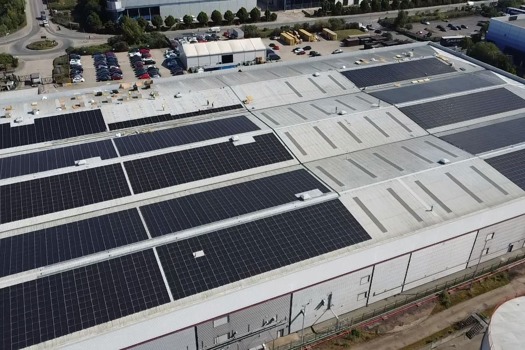Environmental agencies have been monitoring Amazon logging techniques for more than two decades, but selective logging where only "marketable" trees are illegally felled rather than whole forests had been difficult to measure until now.
The level of destruction had also been miscalculated as the companies involved in illegal logging are primarily small operators.
These operators then supply wood to larger companies, including some pulp and paper producers, in the affected countries.
About 15,000sqkm of forest a year is lost to clear cutting and cattle pasture, with another 7,000-15,000sqkm lost to harvesting for the pulp, paper and other industries.
"This is larger than previously thought," said Carnegie Institution of Washington researcher Dr Gregory Asner.
Asner and his team, which includes a Brazilian non-governmental organisation, Brazil's environmental protection agency, NASA, and the US Forest Service, have spent the past five years developing a remote sensor satellite system for measuring the harvesting of timber and deforestation in detail.
Satellite images, which until now had only been able to spot large swathes of cleared land, can now provide a broader picture.
Amazon Factfile
- Selective logging targets only "marketable" trees
- South America produces 20-50% of the world's oxygen
- Carbon emissions due to deforestation in 1999-2002 estimated at 10-15m tonnes. This amounts to a 25% rise in the flow of carbon from the Amazon into the atmosphere
Amazon at threat from rise in illegal logging
The Amazon rainforest is being destroyed at a rate of up to 30,000sqkm per year, twice as quickly as previously thought, according to new research.









